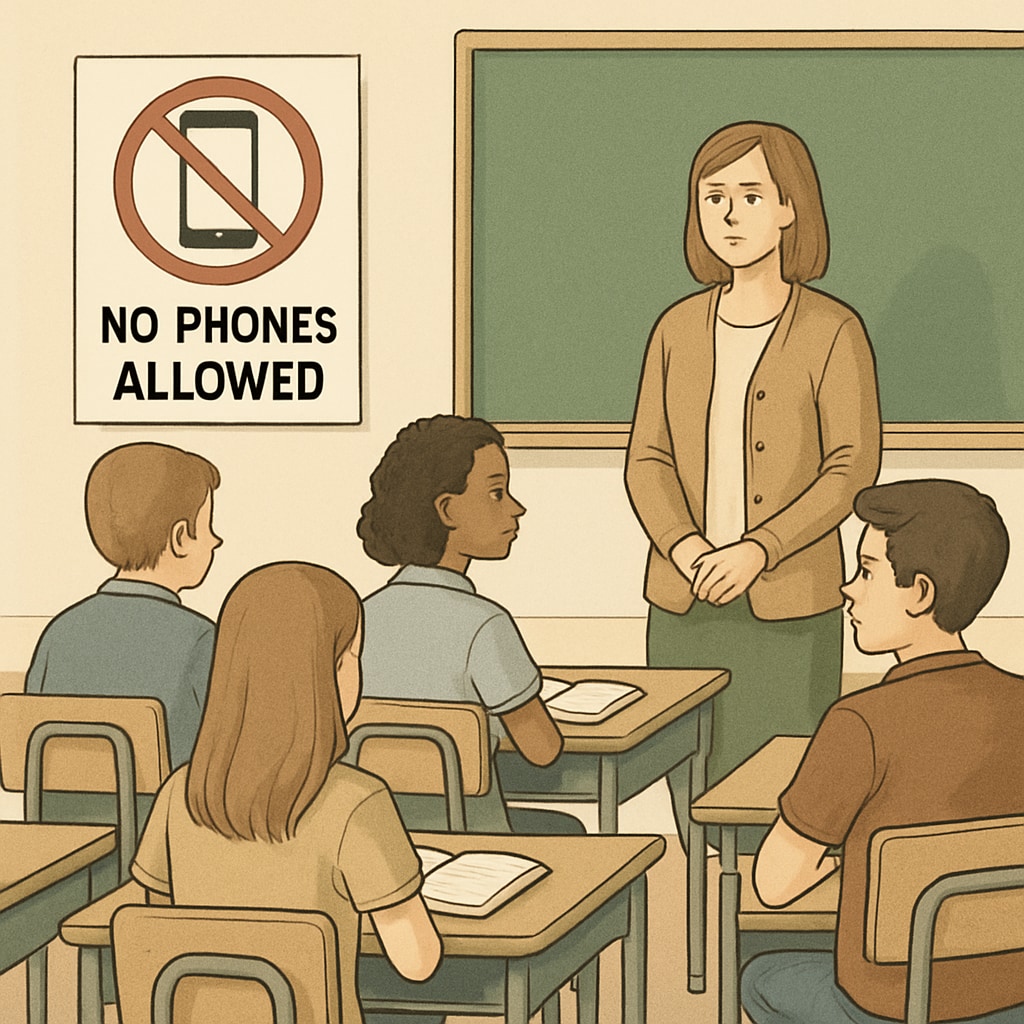The increasing implementation of phone bans in schools has sparked a heated debate surrounding their necessity, feasibility, and impact on school safety, learning focus, and student rights. In the midst of a digital age, this conversation raises essential questions about how schools can effectively adapt while maintaining a balanced approach to education and technology.

The Rationale Behind Phone Bans: Enhancing Focus and Safety
Proponents of phone bans argue that limiting digital distractions can significantly improve students’ learning focus and overall academic performance. Studies have shown that excessive smartphone usage can lead to reduced concentration levels, negatively impacting educational outcomes. For example, research by Britannica highlights the correlation between screen time and decreased cognitive engagement.
In addition to academic benefits, phone bans are often justified as measures to improve school safety. By reducing access to social media and messaging apps during school hours, administrators hope to curb cyberbullying and minimize disruptions caused by inappropriate content.
Challenges in Implementation and Student Rights
Despite the potential benefits, enforcing a phone ban is not without its challenges. One major concern is the logistical difficulty of ensuring compliance. Teachers and staff may face resistance from students, especially in schools where smartphone usage is deeply ingrained in daily routines.
Moreover, critics argue that phone bans may infringe upon students’ rights. Smartphones are often used for educational purposes, such as accessing e-books, research tools, and language learning apps. Completely restricting their usage might limit students’ ability to utilize these resources effectively.

Exploring Alternatives: Finding a Middle Ground
Instead of outright banning phones, some educators advocate for controlled usage policies that strike a balance between restriction and practicality. For example, implementing “phone-free zones” in classrooms while allowing usage during breaks might provide a more flexible approach. Policies like these encourage responsible digital habits while preserving students’ access to technology when appropriate.
Another alternative involves leveraging technology to monitor phone usage during school hours. Apps and software that limit access to non-educational content can help maintain focus without imposing total bans. By fostering a collaborative approach, schools can work with students to establish guidelines that respect both educational needs and personal freedoms.
Conclusion: Striking the Right Balance
The debate over phone bans in schools is a reflection of broader societal challenges in adapting to the digital era. While the intent to improve school safety and learning focus is commendable, it is crucial to address the practical and ethical concerns surrounding these policies.
Ultimately, achieving the right balance requires a nuanced approach that considers the needs of educators, students, and parents alike. By exploring alternatives and fostering open dialogue, schools can create environments that promote both academic success and responsible digital citizenship.
Readability guidance: The article uses short paragraphs and lists to enhance readability and ensure clear communication of ideas. Transition words and active voice are utilized to maintain a smooth flow.


